:max_bytes(150000):strip_icc()/SPR-odd-things-uv-light-can-actually-get-rid-of-in-your-home-01b-a8e542a22e244c47964ad1f141ac49f6.jpg)
Fungus, Frustration & a Simple Question
So, let’s just put it out there: have you ever stared at a patch of stubborn, itchy skin and wondered, “Couldn’t I just zap this thing with sunlight or one of those UV gadgets?” I have. Maybe you’ve tried all the creams and powders. Maybe you’re tired of hiding your feet in flip-flop season (sigh… been there). And somewhere between trying to air out your sneakers and Googling “what kills toenail fungus fast”—that nagging little thought pops into your head. Does UV light kill fungus on skin… naturally? Or is that just another internet myth floating around?
Let’s have a real convo about this—stories, science, side notes, and all. You’re not alone in wondering, promise.
What’s the Deal with UV Light Anyway?
Okay, so UV light isn’t just for beach days and sunburns. It’s a kind of energy—invisible to the naked eye—that’s made up of three main types: UVA, UVB, and UVC. You’ll get UVA and some UVB from heading outside on a sunny noon, but UVC? That’s the heavy-duty, man-made stuff used for germ-zapping in hospitals and air purifiers.
How Does It Actually Work?
Here’s the fun science part (promise, it’ll be short): UV light kills nasty things like fungi by messing up their DNA. The technical term is “breaking their replication chain”—but basically, it’s like turning off the fungus’s ability to multiply. UVC in particular is a superstar here. Studies on mice and, yes, even with infections from Candida (the troublemaking yeast you hear about) found that UVC doses made fungal levels plummet—while the good skin cells mostly shrugged it off or bounced back pretty quickly according to NIH mouse burn studies.
Quick Table: UV Light vs. Fungus
| Type | Most Effective For | Found In | Main Risks |
|---|---|---|---|
| UVA/UVB (Natural Sunlight) | Surface skin, mild fungal spots | Sun, tanning beds (don’t…) | Burns, premature aging, skin cancer with excess |
| UVC | Bacteria, viruses, fungi (including Candida, Trichophyton) | Disinfection lamps/devices | Serious burns, DNA damage if misused—professional use only |
See? Not all light is created equal—and “natural” doesn’t always mean “stronger” when it comes to fungus-killing power.
Story Time: Can Sunlight Zap That Itch?
Let me tell you about my friend Jamie. One summer, after a particularly rainy spring (lots of sweaty boots), Jamie wound up with a nasty-looking toenail. She Googled does UV light kill fungus on skin, then tried sitting on her back porch with her bare toes out every morning. It helped… sort of. The outer layers looked less flaky after a while. But the deeper, yellow part? That stuck around.
Turns out, this is pretty common. Sunlight—while it gives you UV—mainly hits the surface. So for small, early patches on your feet or athlete’s foot between your toes, it might help slow things down. That’s also the thinking behind letting sweat-drenched socks and shoes dry out in a sunny spot. But for deeper stuff, sunlight alone is rarely enough to send tough toenail fungus packing based on summary reviews.
Have You Tried “UV Therapy” at Home?
These days, you’ll see home “UV wands” and nail dryers chasing the buzz. Here’s the truth: professional UVC devices have zapped everything from Candida (the same yeast found in skin and nail infections) to other fungi. Scientists have used these on lab-grown skin and even mouse wounds—and the fungus levels tumbled dramatically, especially if they zapped it early research on mouse burns and UVC.
But—and this is a biggie—UVC isn’t exactly safe for DIY home use on your skin just yet. Most consumer-grade tools are way too weak to get deep, and professional ones can cause burns or, in a worst-case scenario, do real damage if pointed in the wrong place for too long. So… not a magic bullet. Yet.
Compare: Devices vs. Nature
| DIY UV Devices | Outdoors Sunlight | Type | Pro/Con |
|---|---|---|---|
| Small handheld, nail lamps | Morning/evening rays | Mostly UVA, some weak UVC in devices | Devices may not get to deeper layers; sun is free but much less targeted |
So, does UV light kill fungus on skin naturally? Yes… for surface-level, early-stage spots, and mostly in theory. But for the stubborn stuff? You’re going to want more than just sunshine and good vibes.
The Science Backs It (But With Limits)
I geeked out reading a study where researchers infected mice with skin fungi (yum…) and then zapped them with different UVC “doses.” Outcome? The fungal levels crashed way below those in untreated mice, and the wounds healed faster. Even daily antifungal creams like nystatin didn’t always match the speed of fungal drop after targeted UVC. Crazy, right? Plus, the skin itself? Barely phased, unless the UVC got excessive or repeated carelessly full scientific breakdown.
Even hospital-grade studies on Candida auris—the “superbug” yeast that laughs at regular drugs—show UVC lamps can wipe out its surface traces. In other words, UV-C’s not just hype; it really does “fry the bug’s blueprints,” to quote one technician I met last year (side note: technicians have the best fungus horror stories—don’t listen during lunch).
If you want the nitty-gritty about yeast-y skin things, I totally recommend checking out does UV light kill yeast on skin for extra details and tips on similar fungal relatives.
Is This the New Cure-All?
Nope. And trust me, if it were that easy, pharmacies would be out of business. Here’s what researchers found…
- UV works best for surface fungi, like early ringworm or flaky toes.
- Tough, deep infections (hello, thick toenails) need a combo—think prescribed meds plus maybe UV or light “therapy” under supervision.
- Skin types react differently. Sensitive skin can burn or feel sore after even a little extra sun or strong light.
- Most at-home gadgets don’t go deep enough.
So, does uv light kill fungus on skin? Yes… but it’s not a fire-and-forget weapon. You wouldn’t try to dig up a tree with a fork, right? Same idea: match the treatment with the job size.
“Natural” UV: Is Just Sitting in the Sun Enough?
Let’s be honest. Sometimes we all hope a bit of “natural” is all it’ll take. So is a morning stroll or a few toes-in-the-grass minutes the ticket? For small stuff, it can help—there’s real-world proof that UVB, the stuff from sunlight, disrupts fungi’s outer membranes. Some folks (my grandma included, seriously) swore that airing out shoes on the porch and letting bare skin “breathe” really did slow down peeling and itching.
BUT—and it’s a Kardashian-sized “but”—you also risk more burns, premature aging, and yes, skin cancer if you overdo it. No one wants to swap fungus for something scarier, right?
For yeast-type stuff, like “candida between toes,” a healthy dose of UV can help topically, but don’t skip checking out does UV light kill yeast on skin for those cross-over secrets.
What About People with Sensitive Skin?
I get it—if you even think about sun, you turn pink? Same! In studies, the right level of UVC killed off way, way more fungus than it harmed skin cells. But too much? That’s where things backfire. Use common sense: if your skin hurts, blisters, or looks burned, stop. And probably call your doc (gotta say it!).
Here’s a tip I picked up from my own dermatologist: Go slow. If you’re letting your feet or hands get some sun, make it early or late (gentler rays), and keep time under 10-15 minutes. Everything else? Use a cream or powder—and rotate shoes and socks so nothing stays moist-and-dark long enough for a fungus house party.
Yeast Troubles? UV Has Stories There Too
By the way, if you’re dealing with that sticky, stubborn, red-and-scaly—sometimes called “yeast rash” (yes, the glamorous life)—you’re in good company. I once battled a sneaky spot behind my knee for ages. UV didn’t “cure” it, but pairing a little sun exposure with an over-the-counter antifungal made things clear up way faster.
For more on why UV messes up yeast so well (and how to do it safely), this deep-dive on does UV light kill yeast on skin is a total win. Spoiler: it comes down to frying the yeast’s DNA but always, always, use UV smart. Safety first.
So… Should You Try It? Here’s the Honest Lowdown
Let’s talk risks. UV is powerful, but it’s not pick-up-and-play. You wouldn’t point a laser at your face—or, at least, you shouldn’t. UVC can burn or even scar if you blast the same spot repeatedly. Ironically, sunlight for “just a little spot” is fine if you’re careful (but not a substitute for serious infections). If you’ve got deep, yellowed toenails or a big red patch? Go see a doctor—the best fungus-busting plans usually combine prescription creams, maybe a pill, and only sometimes a professionally-administered light session.
Devices you buy online might look legit, but be honest—how many “miracle cures” actually live up to the hype out of the box? (I’ve still got a half-eaten jar of vinegar foot cream if you want it. Yikes.) Instead, look for options with real clinical backing.
Wrap-Up: Here’s What to Do Next
Let’s bring it home, friend. Does uv light kill fungus on skin? Yes, science is on your side. For spotty, surface stuff, a thoughtful dab of sunlight really can help (especially in dry weather). For the deeper, thicker, stubborn cases? Home gadgets usually aren’t strong enough, but professional UVC therapy has real promise. Sunscreen and moderation are your friends—no need to fry yourself for clear skin. And if it’s yeast making you miserable? Read up on does UV light kill yeast on skin for some bonus strategies.
Have you ever beaten a fungus just by changing your routine—letting in more light, drying your shoes, switching up your creams? What small things made the biggest difference for you? You don’t have to fight alone. If things don’t clear up after a couple weeks, reach out to a pro—we all deserve soft, happy skin (and the confidence to show off those toes again, sandals and all!).

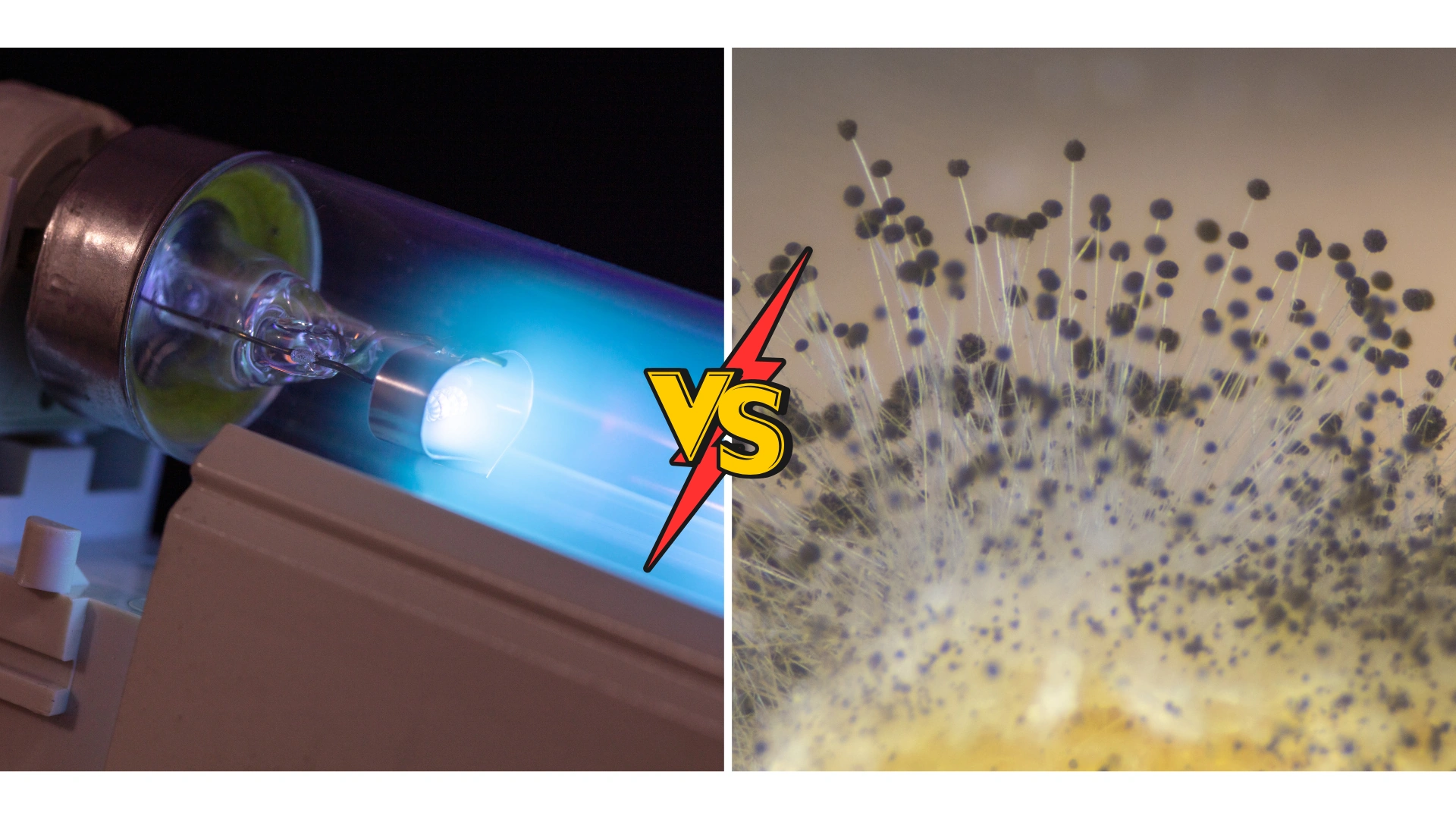

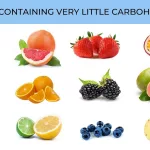










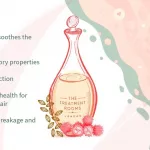
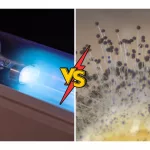
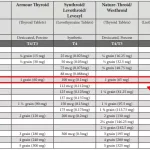

Leave a Reply
You must be logged in to post a comment.